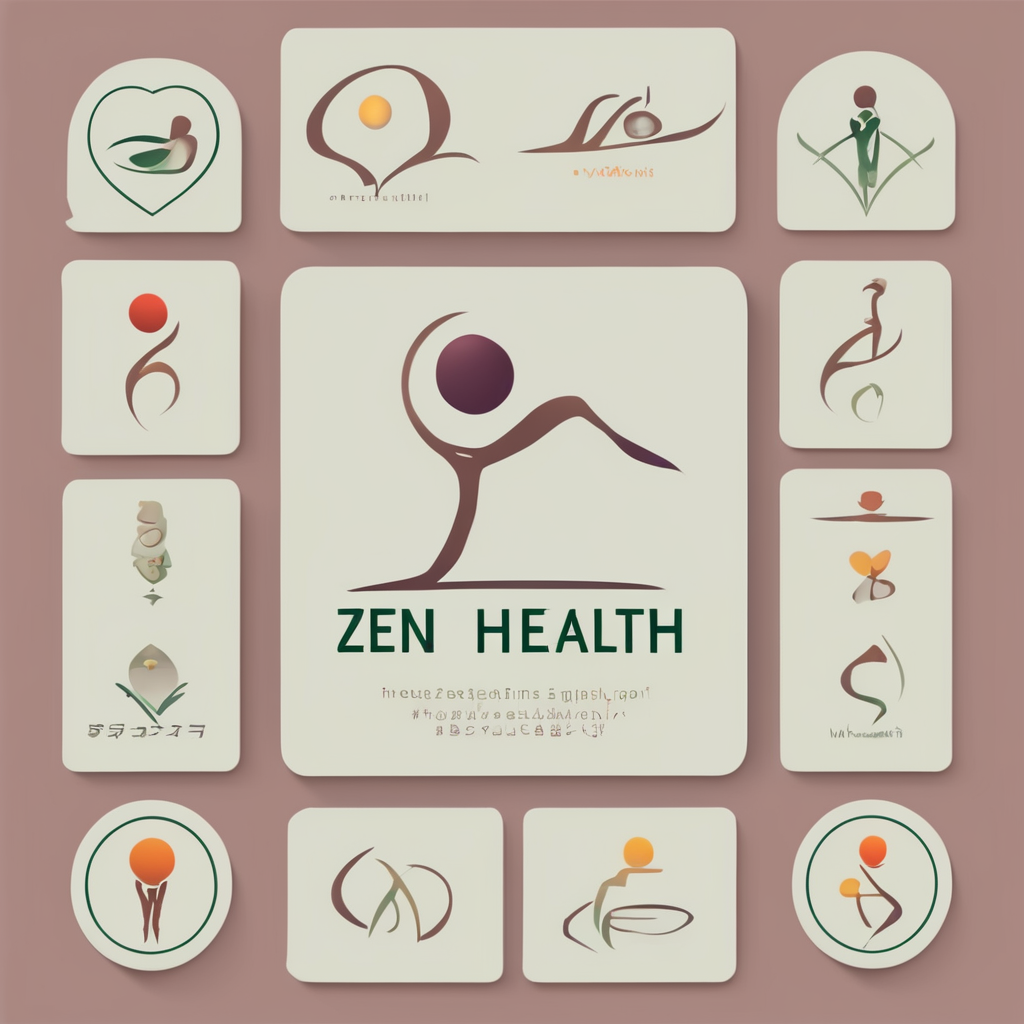In today’s fast-paced world, the pressure to be productive is immense. Many employees find themselves glued to their desks for hours, driven by deadlines and the desire to complete tasks quickly. However, working non-stop can actually hinder your productivity and increase stress levels. Research shows that taking regular breaks during your workday can significantly enhance both your mental and physical wellbeing. This article explores how integrating short breaks into your routine can lead to improved performance and a healthier work environment.
The Science Behind Breaks and Productivity
Understanding the link between breaks and productivity requires delving into the science of how our brains function. When we engage in continuous work, mental fatigue sets in, causing our focus and productivity to decline. Studies indicate that our cognitive abilities peak in intervals. For instance, after about 25 to 50 minutes of intense focus, our ability to concentrate starts to wane. During this time, the brain becomes overloaded, reducing your efficiency in completing tasks.
Also to discover : What practical strategies can you implement to maintain motivation for long-term health and wellness goals?
Regular breaks allow your brain to recharge and reset. When you step away from your work, you give your mind a chance to relax and recover from intense mental exertion. This rejuvenation leads to enhanced concentration and a boost in creativity when you return to your tasks. Moreover, breaks can help combat the monotony of long work hours. Engaging in a brief activity that you enjoy—like a quick walk, a chat with a colleague, or some stretches—can refresh your perspective and invigorate your workday.
Additionally, taking breaks has been shown to improve problem-solving skills. When you step back from a task, your subconscious continues to work on the problem, and often, solutions become clearer upon your return. This insight is vital in fast-paced environments where innovation and quick thinking are essential. By incorporating regular breaks into your work routine, you create a healthier balance that not only enhances your individual performance but also contributes positively to your team’s outcomes.
In the same genre : Effective Strategies for Managing Stress During Pregnancy: Your Comprehensive Guide
Reducing Stress Through Regular Breaks
Stress is a common adversary in most workplaces, affecting both mental and physical health. Prolonged periods of high pressure can lead to burnout, anxiety, and various health issues. Regular breaks can act as a buffer against these adverse effects. When you allow yourself to take a step back, you reduce your overall stress levels, creating a more manageable work environment.
During a break, engaging in physical activities or mindfulness practices can be particularly beneficial. For instance, stretching or taking a brief walk can increase your heart rate and release endorphins, which are natural stress relievers. Mindfulness activities, such as deep breathing or meditation, can help clear your mind and promote a sense of calm. These practices not only reduce stress but can also enhance your overall wellbeing.
Moreover, taking time away from your desk fosters better interpersonal relationships within your team. Breaks provide opportunities for casual interactions, allowing colleagues to bond and support each other, which can further reduce feelings of isolation that often accompany stressful work situations. When employees feel connected and supported, they are likely to experience lower stress levels and increased morale.
In summary, incorporating regular breaks into your work routine is not just a luxury; it’s essential for managing stress effectively. By making time for short, restorative activities, you create a more positive, collaborative, and productive workplace.
The Importance of Structured Breaks
While the benefits of breaks are clear, the manner in which these breaks are integrated into the workday is equally crucial. Simply stepping away from your desk sporadically can lead to a lack of structure and purpose. To maximize the benefits of breaks, it’s essential to adopt a structured approach.
Consider implementing a specific break schedule throughout your day. For instance, the Pomodoro Technique encourages working for 25 minutes followed by a 5-minute break. After completing four cycles, you can take a longer break of 15 to 30 minutes. This method not only promotes focused work sessions but also ensures that you step away at regular intervals.
It’s also helpful to identify your preferred types of breaks. Some people may find physical activities effective, while others may prefer mental downtime, such as reading or listening to music. Tailoring your breaks to your preferences can enhance the restorative effects, making you feel more energized and ready to tackle the next task.
Creating a culture that encourages structured breaks within your team can further amplify these benefits. Leaders should promote the idea that stepping away is a critical component of productivity rather than a sign of laziness. Encouraging employees to take breaks and supporting activities that promote relaxation can lead to a healthier, more engaged workforce.
In essence, by establishing a structured approach to breaks, you not only enhance your own productivity and wellbeing but also contribute to a more positive organizational culture.
Incorporating Breaks into Workplace Culture
To truly reap the benefits of regular breaks, it is vital to make them an integral part of your workplace culture. Employers play a crucial role in fostering an environment where taking breaks is not only accepted but encouraged. This starts with setting policies that promote work-life balance and recognizing the importance of mental health.
One effective strategy is to create designated break areas within your workplace. These spaces should be inviting and comfortable, encouraging employees to step away from their desks. Offering amenities such as cozy seating, plants, or even games can make these areas appealing, prompting employees to take time for themselves.
Another approach is to organize regular team breaks, such as coffee breaks, lunch gatherings, or wellness activities. These communal breaks can strengthen team dynamics and enhance collaboration. When employees see that their well-being is a priority for their employer, they are likely to feel more valued and engaged.
Training sessions on the benefits of breaks can also be beneficial. Educating employees about how regular breaks contribute to their overall wellbeing and productivity empowers them to adopt these practices in their daily routines. Consider inviting wellness experts to speak about stress management and the importance of balancing work with self-care.
In summary, by actively promoting a culture that values and integrates breaks, you foster an environment that prioritizes employee health and productivity. This not only improves individual wellbeing but also enhances organizational performance as a whole.
Incorporating regular breaks into your workday is a simple yet effective strategy to enhance both productivity and reduce stress levels. By understanding the science behind how breaks affect your cognitive and emotional state, it becomes clear that stepping away from work is essential for maintaining focus and motivation. Moreover, adopting a structured approach to taking breaks can allow you to recharge effectively and combat workplace stressors.
Creating a workplace culture that encourages regular breaks not only benefits individual employees but also enhances team dynamics and overall organizational performance. By prioritizing mental and physical health, companies can cultivate a more engaged and productive workforce.
As you consider your own workday, remember that taking time for yourself is not an indulgence, but a necessity for sustained success and wellbeing. Embrace the practice of regular breaks—your mind and body will thank you.











